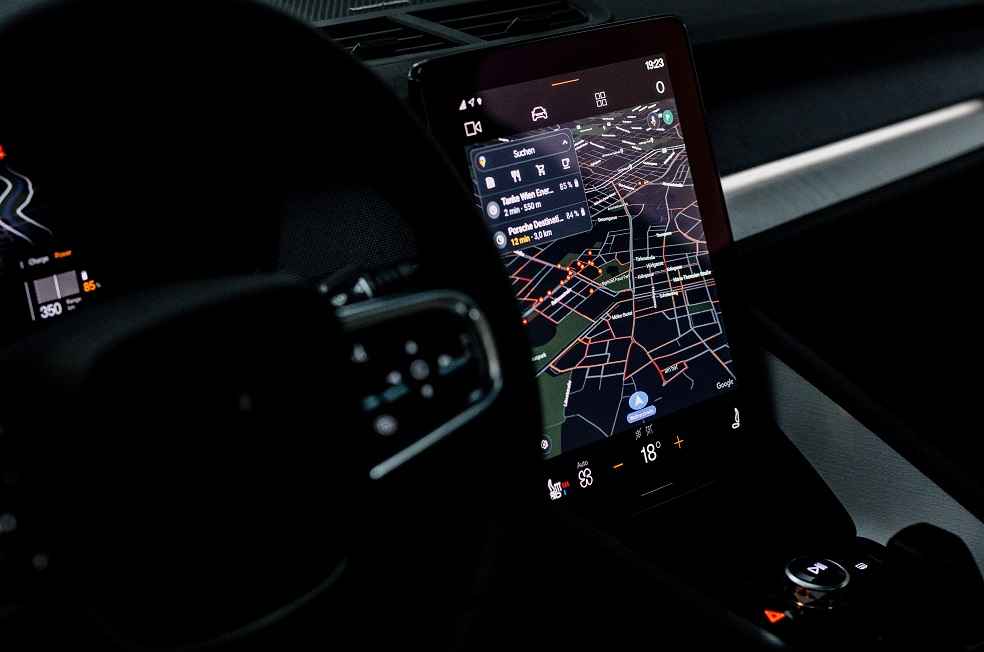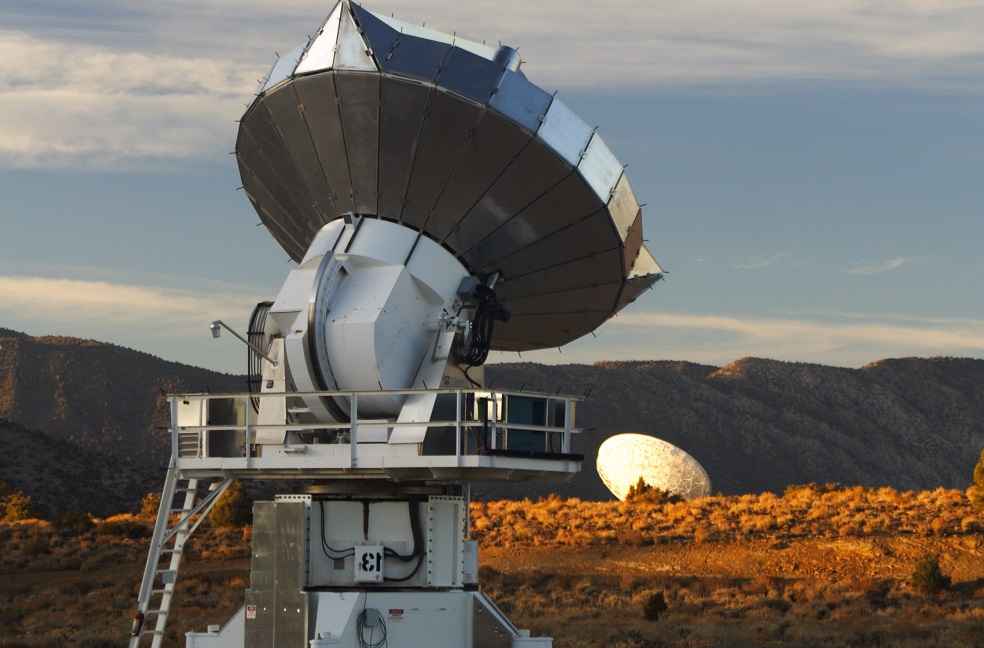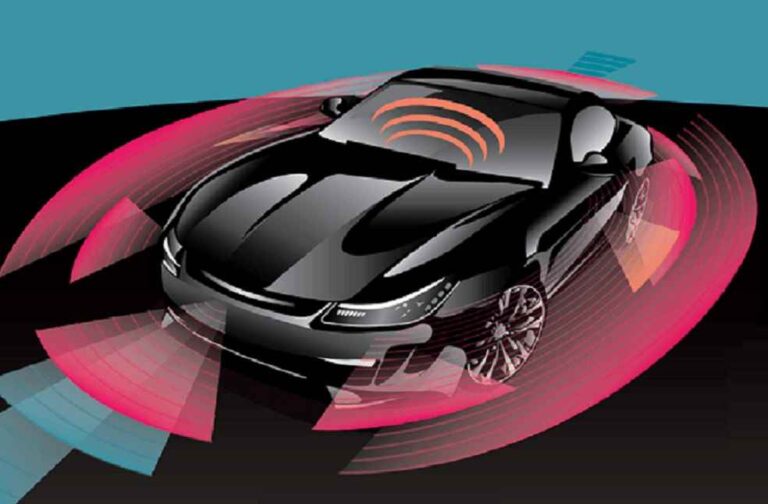Amidst the constantly evolving automotive industry, one technology stands tall as a revolutionary driver of enhanced road safety: Automotive RADAR. As revealed by the latest report published by Allied Market Research, the global automotive RADAR market, valued at $4.08 billion in 2020, is projected to reach an impressive $10.06 billion by 2028, indicating a Compound Annual Growth Rate (CAGR) of 12.6%.
Asia-Pacific currently spearheads the market, bolstered primarily by China’s dominance, which is expected to persist during the forecast period. Meanwhile, India is witnessing considerable growth, attributed to increased purchasing power and a rising demand for passenger vehicles in the region.

With road accidents claiming nearly 1.3 million lives each year, according to a World Health Organization report, the urgency for enhanced safety features such as parking assistance, collision avoidance systems, lane departure warnings, and more has surged globally. Automotive RADAR, a cornerstone of Advanced Driver Assistance Systems (ADAS), is being rapidly integrated into vehicles, capable of detecting, classifying road objects, alerting drivers of potential hazards, and even initiating automatic deceleration or halt, depending on road conditions.
Automotive RADAR, an application of Complementary Metal Oxide Semiconductors (CMOS) RADAR, is evolving as a pivotal technology underpinning smart and autonomous features in contemporary vehicles. These innovations aim to reduce driver stress, automate repetitive tasks, and add life-saving interventions, which are anticipated to enhance the prevalence of automotive RADARs in the future.

Modern consumers’ inclination toward driving comfort has spurred manufacturers to incorporate features such as adaptive cruise control and parking aid systems, enabled by automotive RADARs, into high-end cars. These systems ensure high accuracy and precision in detecting the vehicle’s surroundings, thereby elevating the driving experience. Despite the potential of these features, the high cost and complexity of installing sensing technologies in vehicles can inhibit the growth of the automotive RADAR market.
Despite the high initial costs and intricate structures of automotive RADAR systems, automobile companies are persistently incorporating a broader range of features and technologies in their offerings, with the aim of delivering superior safety and comfort. Technological advancements in electronic components like automotive RADAR, light detection and ranging (Lidar), and connected cars, which leverage wireless communication and cloud systems, offer improved environmental awareness and enhance consumer safety.

Intelligent systems using automotive RADAR, like the Intelligent Parking Assist System that facilitates smooth, unguided parking, and emergency brakes that actuate at signs of danger, are increasing the demand for automotive RADAR-based solutions. Hence, advancements in ADAS are projected to offer significant growth opportunities for key players in the automotive RADAR market in the coming years.
However, the COVID-19 pandemic has presented challenges, resulting in a dip in the passenger car market and, subsequently, a drop in automotive RADAR system revenues. The ensuing lockdown and shutdown of various manufacturing facilities led to significant shipping delays, making it challenging to acquire new and replacement parts. Despite these hurdles, the industry remains optimistic about the potential of automotive RADAR technology to revolutionize road safety and transform the automotive landscape in the coming years.
SPECIAL STORY: EU Bans Petrol and Diesel Cars by 2035, Accelerating Shift to Electric Vehicles





